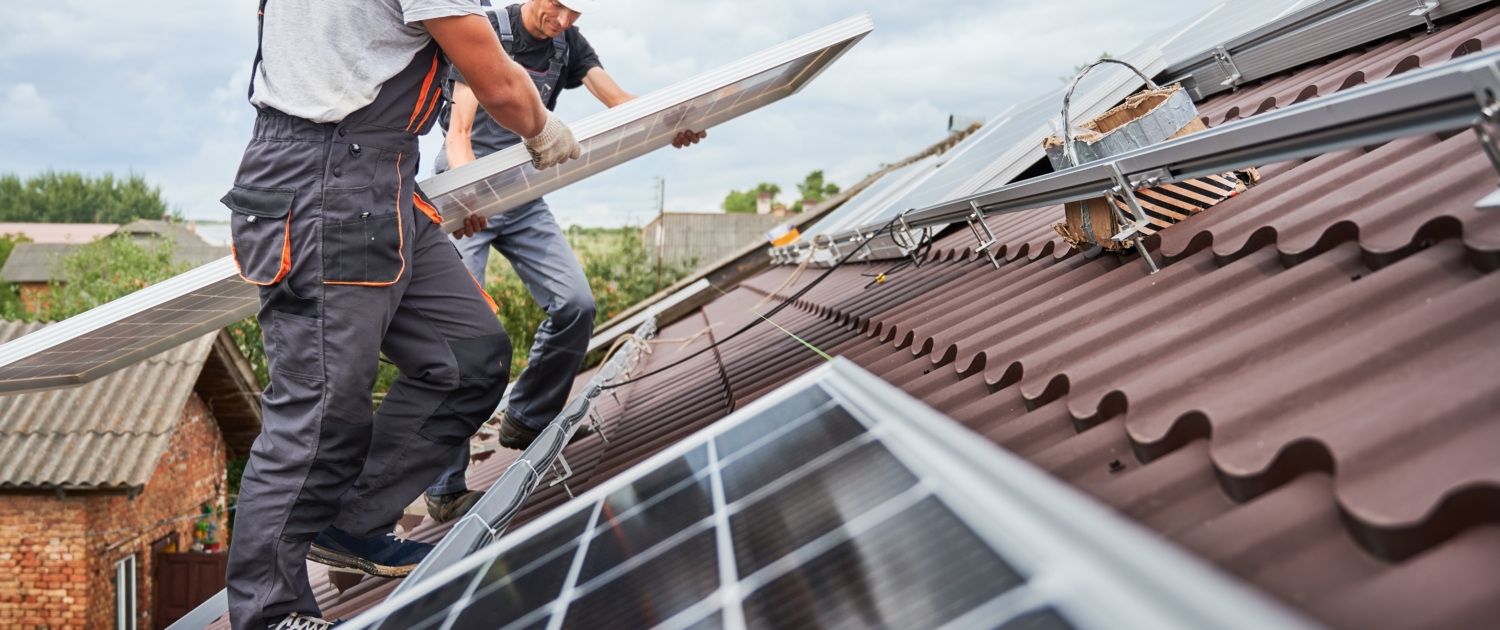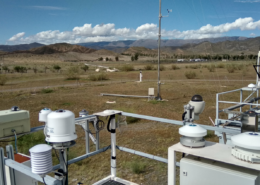PV systems and fire protection: what you need to know
Do PV systems lead to more fires in buildings? The answer is no. Nevertheless, the expansion of PV systems repeatedly raises questions about safety and fire protection. Energeiaplus clarifies what applies.
Around 9000 fires are reported in buildings every year. This is according to statistics from the Association of Cantonal Building Insurers. In every fourth fire, the cause was electricity. However, the boom in PV systems - the number of systems tripled between 2017 and 2022 - has not led to an increase in this type of fire. There are no specific statistics on fires in buildings with solar installations in Switzerland.
A transnational study, in which German institutes and the Bern University of Applied Sciences collaborated, confirms this trend: 430 fires were identified in 1.3 million PV systems. This corresponds to a fire rate of 0.014 percent. There are currently well over 200,000 photovoltaic systems installed on buildings in Switzerland.
Nevertheless, every fire is one too many. If PV systems are professionally installed, operated and maintained, the risk can be significantly minimized. The fire protection leaflet "Solar systems" from the Association of Cantonal Fire Insurers (VKF) is helpful here. It lists the specific requirements for PV systems as well as possible sources of danger (plugs, rear ventilation, installation location of inverters, etc.). The warning sticker is also mandatory in case the fire department is called out.
The Swissolar trade association has also developed a state of the art paper with specific guidance for solar systems on roofs. A similar document on PV systems on building facades is also planned for fall 2024.
Are these regulations sufficient? Do adjustments need to be made in light of recent fires? Energeiaplus asked the experts.
Energeiaplus: A man has installed a PV system on his balcony. Three months later, his living room burns down. This case from the canton of Zurich made headlines in October. So are PV systems more dangerous than assumed?
Frederik Gort: PV systems are fundamentally safe and there is no increased risk. A clean mechanical and electrical installation is key to preventing such incidents.
PV systems therefore do not generally pose an increased risk of fire if they are installed correctly. Do such balcony PV systems pose the greatest risk?
The risk with balcony PV systems is not higher than with permanently installed systems, but balcony systems are installed relatively more frequently by laypersons, which can lead to errors. Balcony PV systems must also be securely fastened to withstand heavy weather events. It is also important that electrical cables are not kinked or pinched.
What are the biggest sticking points when installing PV systems?
Improper plug connections, improperly laid cables and insufficient ventilation of the modules are probably the most common sources of faults in connection with fires. Partially shaded PV modules can also lead to problems. A clean installation is fundamentally important, which is why it is worth calling in experienced installers. The "Solar professionals" quality label from Swissolar can help building owners in their search for a reliable installation partner. Well-trained specialists are important for the industry, which is why the new apprenticeships for solar installers EFZ and solar fitters EBA will start in 2024.
As a consumer, can I even check whether everything has been done correctly in terms of fire protection? How?
Without basic knowledge of fire protection, this is difficult, which is why the choice of installation partner is so important.
A building with a solar installation can also catch fire for another reason. Are the solar panels at best fire accelerants?
Depending on the module type, PV modules fall into fire classification RF2 or RF3, which means that they are flammable. The intermediate layer, possibly the backsheet, and the connection box with cable and plug can burn, although the fire load of these parts is low. It is therefore certainly not possible to speak of a fire accelerator.
What about the components used in the solar systems? How dangerous are they for the environment in the event of a fire?
First of all, it is important to differentiate between the individual technologies. Around 90% of the PV modules installed here consist of crystalline silicon cells, which are obtained from quartz sand and contain little or no hazardous substances. The glass makes up a large part of the PV module. There are small amounts of heavy metals such as lead in the electrical contacts. In the event of a house fire, it is not usually the PV systems that cause harmful emissions.
In the event of a roof fire, for example, the toxic substances contained in insulation and sealing materials from building products can be spread over long distances. If the roof has a PV system, sharp-edged residues from modules can also be carried away.
A decision by the Zurich Building Insurance (GVZ) caused confusion in May 2023. At the time, it said that solar panels would no longer be tolerated on the façades of larger buildings. In November, the energy supplier Energie 360 Grad was given the green light for the photovoltaic façade on its new headquarters in Zurich-Altstetten. What applies now?
In coordination with the fire protection authorities and several building insurance companies, Swissolar has developed a guideline that was published at the end of October 2023. The guideline helps PV planners and building owners to provide proof of fire protection and also supports the authorities in assessing such applications. In addition, large-scale fire tests will be carried out on PV façades in the coming year in order to answer previously unanswered questions about fire behavior and ultimately publish a state of the art paper.
Are there differences between solar panels on the roof and on the façade - in terms of fire protection?
Yes, there are, because unlike roof systems, a fire on a façade can quickly spread to the floors above, triggering a chain reaction. For this reason, the fire protection requirements for PV systems are more stringent than for roof systems.
Interview: Brigitte Mader, Communications, Swiss Federal Office of Energy
 shutterstock
shutterstock
 ShutterstockEnergiezukunft als Tagesgeschäft
ShutterstockEnergiezukunft als Tagesgeschäft  Le rapport annuel 2015 de SuisseEnergie est arrivé !
Le rapport annuel 2015 de SuisseEnergie est arrivé !  Blick nach Südosten: Energieeffizienz in Thailand
Blick nach Südosten: Energieeffizienz in Thailand  Benedikt VogelAkkurate Prognosen für den PV-Ertrag
Benedikt VogelAkkurate Prognosen für den PV-Ertrag 
 institut bau+energie ag
institut bau+energie ag keystone-sda
keystone-sda
Neuste Kommentare